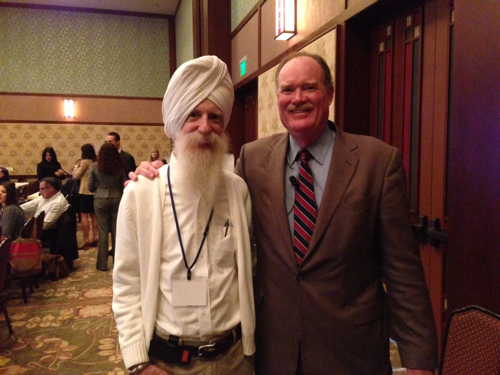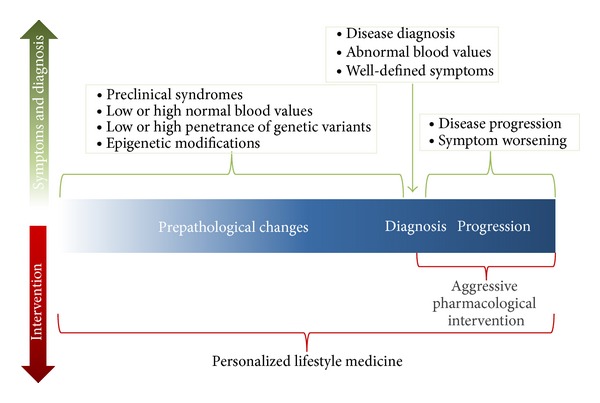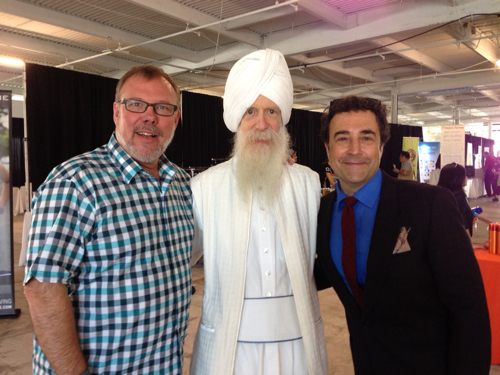In keeping with my previous, article I want to share with my patients and readers that the genomic testing that we now have available gives us tremendous power to optimize our health.
The newest technology which I’m excited about is that I now have available to me, and for my readers your doctors will have available to them, new genomic testing that will enable physicians to minimize the side effects and optimize the right choice of drugs for people who are on psychotropics.
Psychotropics are the largest category of drug prescriptions from the pharmacies in America at this time. We all know many people are suffering from anxiety, depression, insomnia and required these types of medications.
We now have the technology and it is at a very affordable price, to test the patient before we start them on such pharmaceuticals to see which ones are likely to be most compatible with their unique genetic code.
The photo below shows an example test from a patient. For each psychotropic drug, it shows 4 columns, the preferred drugs in each category, and drugs in each category that can be used as directed with little problem for the patient. But it also shows drugs that can have significant limitations and another category of drugs that may cause serious adverse events.


This is exciting times! As you see, we can individualize the choice of psychotropics for each person!
We also have available similar tests for cardiac drugs and pain medications. Soon we will have these panels for all drugs! This will allow doctors to minimize, however not completely eliminate, many side effects from the drugs we prescribe.
These are very exciting times, that allow us to give individual personalized medical treatments to all our patients.
Welcome to Personalized Lifestyle Medicine, the medicine of the future!









.aspx?width=220&height=220)
 As you prepare for the extra guests, the cheer and the extra large holiday meals, you’re probably thinking of ways to NOT put on more weight and how to lose those five to ten extra pounds you gained over the last winter holidays. Most people find it challenging to stick to a healthy diet and oftentimes exacerbating the challenge are insatiable food cravings.
As you prepare for the extra guests, the cheer and the extra large holiday meals, you’re probably thinking of ways to NOT put on more weight and how to lose those five to ten extra pounds you gained over the last winter holidays. Most people find it challenging to stick to a healthy diet and oftentimes exacerbating the challenge are insatiable food cravings.
.aspx?width=166&height=250) Dental cavities are the most common disease in childhood and the most common chronic disease around the world. Since the 1930s and ‘40s, scientists have been exploring whether there is a genetic predisposition to cavities, or if diet and nutrition are to blame. Unfortunately, there is no absolute answer. Both genetics and nutrition play a role in a person’s predisposition to cavities; however, there is plenty you can do to limit tooth decay and cavities.
Dental cavities are the most common disease in childhood and the most common chronic disease around the world. Since the 1930s and ‘40s, scientists have been exploring whether there is a genetic predisposition to cavities, or if diet and nutrition are to blame. Unfortunately, there is no absolute answer. Both genetics and nutrition play a role in a person’s predisposition to cavities; however, there is plenty you can do to limit tooth decay and cavities..aspx?width=220&height=147) For the first time ever, a study has proven that eating flavonoids, a type of antioxidant that’s especially concentrated in fruits and vegetables, may boost your immune system.
For the first time ever, a study has proven that eating flavonoids, a type of antioxidant that’s especially concentrated in fruits and vegetables, may boost your immune system.
 High-fructose corn syrup (HFCS) has replaced sugar in many processed foods, and is now found in soft drinks and other sweetened beverages, breads, cereals, lunch meats, soup, condiments, yogurt and much, much more.
High-fructose corn syrup (HFCS) has replaced sugar in many processed foods, and is now found in soft drinks and other sweetened beverages, breads, cereals, lunch meats, soup, condiments, yogurt and much, much more.


